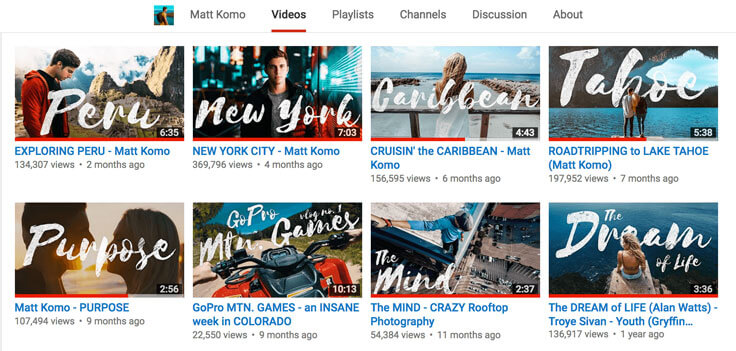5 Min Read

Google recently announced a major update to its search algorithm, which affects the way video thumbnails appear in the search engine results pages (SERPs). Specifically, Google is reducing the number of video thumbnails that appear in search results, and will now only display them for certain types of video content.
This update is a significant change for content creators and website owners who rely on video marketing to drive traffic and engagement. In this article, we will explore the Google video thumbnail update and discuss what it means for businesses and marketers.
What is the Google Video Thumbnail Update?

Google’s video thumbnail update is a change to the way video thumbnails appear in search results. Previously, Google would display video thumbnails for any video content that was deemed relevant to the user’s search query. However, the new update limits the types of videos that trigger the display of a video thumbnail.
Google has stated that video thumbnails will only be displayed in search results for the following types of video content:
- How-to videos
- Reviews
- Sports highlights
- News content
For other types of video content, Google will not display a thumbnail in the search results. Instead, the search result will include a link to the video, along with a title, description, and other relevant information.
Why Did Google Make This Change?
Google made this change to improve the relevance and usefulness of video content in search results. By limiting the number of video thumbnails that appear, Google can ensure that only the most relevant video content is displayed to users.
This change is also aimed at improving user experience by providing more accurate and relevant search results. By displaying only the most relevant videos, Google hopes to make it easier for users to find the content they are looking for.
How Will This Update Impact Search Results?
The video thumbnail update is likely to have a significant impact on search results, particularly for businesses and marketers who rely on video content to drive traffic and engagement. Here are some of the ways this update may impact search results:
- Changes to user behavior: With fewer video thumbnails appearing in search results, users may be less likely to click on video content. This could result in a shift in user behavior, with more users clicking on text-based search results instead of video content.
- Changes to website traffic: Websites that rely heavily on video content may see a decline in traffic as a result of this update. With fewer video thumbnails appearing in search results, it may be more difficult for these websites to attract users to their content.
- Changes to video marketing strategies: Businesses and marketers may need to adjust their video marketing strategies in light of this update. For example, they may need to focus more on optimizing video titles and descriptions to ensure that their content appears in search results.
What Steps Can Businesses Take to Adapt to This Update?
If you are a business or marketer who relies on video content to drive traffic and engagement, there are several steps you can take to adapt to this update:
- Focus on creating high-quality video content that is relevant to your target audience. By creating content that is truly useful and informative, you may be more likely to trigger a video thumbnail in the search results.
- Optimize your video titles and descriptions to ensure that they are as accurate and relevant as possible. By including relevant keywords and phrases in your titles and descriptions, you can increase the likelihood that your video content will appear in search results.
- Consider other ways to promote your video content, such as through social media or email marketing. By promoting your videos through other channels, you can drive traffic to your website and increase engagement with your content.
In conclusion, the Google video thumbnail update is a major change that has significant implications for businesses and marketers who rely on video content to drive traffic and engagement. While this update may require some adjustments to your video marketing strategies, it also presents an opportunity to create more high-quality, relevant video content that truly resonates with your target audience.
As a digital agency, we recommend taking a proactive approach to adapting to this update. By focusing on creating high-quality video content that is relevant and informative, optimizing your video titles and descriptions, and promoting your videos through other channels, you can continue to drive traffic and engagement with your content.
It’s also important to stay up-to-date with the latest changes in search engine algorithms and SEO best practices, as these can have a significant impact on your digital marketing strategies. By working with a trusted digital agency, you can ensure that your video marketing strategies are always optimized for maximum impact and results. So, take the time to explore this update, and consider how you can adapt your video marketing strategies to make the most of this change.



